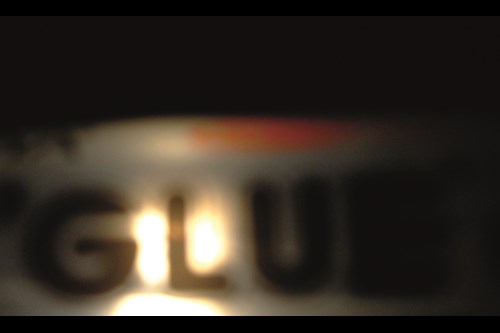True flooring adhesives give a strong to permanent bond between subfloor and floorcovering while a tackifier is there simply to resist the lateral movement of a carpet tile says Martin Cummins
CARPET tiles are a staple of the flooring industry, having been around for decades. With new designs and sizes available on the market, there has been a marked improvement in terms of what can be achieved aesthetically when using them on commercial projects.
A major selling point is the ease of laying the tiles, as well as the potential to uplift and replace them, whether it’s owing to general wear and tear or just to freshen up certain areas.
This is quite unique in the commercial world, where the general requirement is to offer a very secure finished floor covering that will perform under the extreme conditions it is put through during its lifetime.
This poses a different methodology in terms of adhesive development. The terminology used to describe the types of adhesive used for installation of carpet tiles is ‘tackifier’. As the word suggests, the product provides a ‘tacky’ surface when applied.
This is completely different to true flooring adhesives, which give a strong to permanent bond between subfloor and floor covering. A tackifier is there simply to resist the lateral movement of a carpet tile.
To achieve this, the adhesives, which are all water based as far as I am aware, have specific polymers that remain on the subfloor after the water has evaporated from the adhesive. These appear tacky to the touch and will resist movement of the tiles along the plane of the floor, yet will allow the user or installer to simply lift the carpet tile up off the floor if required.
It may sound a very simple adhesive but rest assured there is a significant amount of development and technology within them to make sure they do what they are designed to do.
Carpet tiles have historically been used over metal access flooring. The simple fact that you’re putting water onto a metal deck means you must be totally secure in the knowledge that the metal will not rust or come under attack from the adhesive, and similarly that the adhesive won’t degrade. Those of you who’ve been in the industry for many moons will no doubt have experienced tackifier becoming ‘dead’ on access panels.
This is due to the polymer system not being pH stabilised, or having rust inhibitors used within the formulation.
So, when it comes to laying carpet tiles, the biggest concerns we have for what should be a relatively straightforward installation are twofold. The first is that the expectation of flooring contactors can often outweigh the design parameters of the tackifier.
The system relies on the carpet tiles being stable and flat. If they are poorly manufactured and offer tension across the tile, giving curl at the edges, then the use of a tackifier will not be able to bring down the curl and still offer a release option. As soon as the carpet tiles get trafficked, vacuumed etc, the edges will ‘lip up’ and cause an aesthetically poor floor, along with the potential for trips or falls.
In these instances, our advice as an adhesive manufacturer is that you inform your clients they cannot have a release bond and for you to permanently bond them with an appropriate adhesive. Thankfully this is not a common occurrence. Also, there will be times when it is essential to get a permanent bond of the carpet tile, in which case you cannot use the tackifier in the normal way. Many manufacturers will suggest using a different adhesive or, in areas where the subfloor is absorbent, recommend that you bond the carpet tile into ‘wet’ adhesive to create a high strength rather than a tackifier bond.
The second concern is the quotation of coverage rates for these products. It seems to be the case of ‘our product goes further than your product’ and so is better value. In reality you are going to be applying a product with a roller (or similar) in exactly the same manner. If you over apply it on an absorbent substrate you will not be leaving sufficient polymer on the floor and will need a further application.
If you’re applying on a dense floor with no absorption, such as a metal substrate, then it’s the ease of spread of the product by the roller which is generally linked to the viscosity of the product, which is linked to the polymer content of the adhesive.
So, if you believe the hype that adhesive ‘A’ goes three times the distance of adhesive ‘B’, you’re probably not getting much polymer for your buck.
In summary, carpet tiles are often the ideal floor covering and offer great design potential. The adhesives used to ‘fix’ these are referred to as tackifiers and enable the carpet tiles to be uplifted and replaced, but don’t think that means the tackifier is an inferior product to ‘true’ adhesives.
On the contrary, good quality tackifiers are well designed, well developed adhesives and should be considered as such, rather than being maligned as a bit of ‘tacky stuff’ that you can get from anyone.


